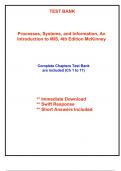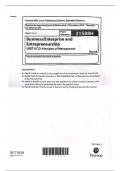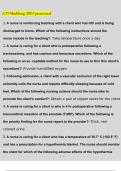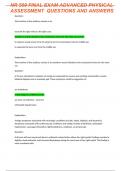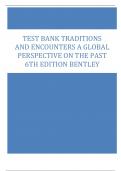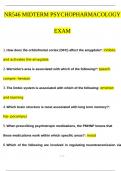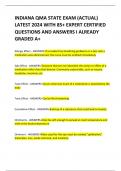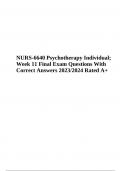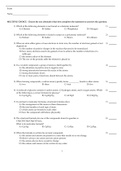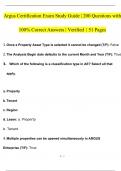Exam (elaborations)
Test Bank for Canadian Labour Relations, Law, Policy, and Practice, 2nd Edition Doorey (Chapter 1 to 17 included)
- Course
- Institution
Complete Test Bank for Canadian Labour Relations, Law, Policy, and Practice, 2nd Edition by David J. Doorey, Alison Braley-Rattai ; ISBN13: 9781772556216. (Chapters included Chapter 1 to 17)....1. Canadian Law of Work in a Nutshell 2. A Framework for Analyzing the Law of Work 3. Key Perspectives ...
[Show more]
